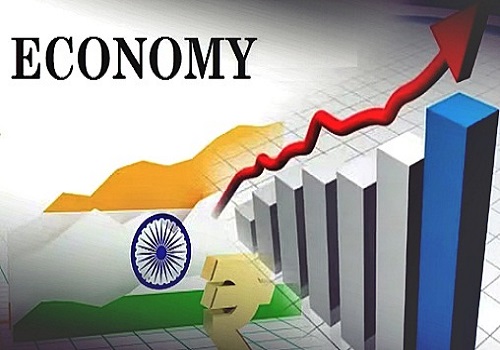Rupee eyes biggest gain since late 2018 on rising bets of Fed pivot

The Indian rupee surged more than 1% on Friday, as the dollar plummeted after U.S. inflation data came in cooler than expected, raising hopes that the Federal Reserve would consider pivoting from its hawkish monetary policy stance.
The rupee was stronger at 80.80 per dollar, compared to its previous close of 81.8075. The last time the currency traded in the 80-per-dollar-handle was seven weeks ago.
If the rupee keeps up this rally, it will notch its biggest intraday percentage gain since December 2018.
The dollar index tumbled 2.1% overnight to mark its worst session since December 2015, after headline U.S. consumer inflation rose less than expected in October, to come under 8% for the first time in eight months. [FRX/]
"We can expect some change in the dot plot by the Fed if the data continues to come in their favour, but they will hike rates for some time," said Naveen Singh, head of trading at ICICI Securities Primary Dealership.
"The moves today have more to do with market positioning and that's why there is such a sharp reaction. Across the globe, dollar-long positions had been at their peak this year and some were probably getting unwound."
The inflation data added to the Fed's narrative of hiking in smaller increments going forward, with the probability of a 50-basis point (bps) rate hike next month going up to 85%, compared to a split between 50 bps and 75 bps a week ago.
The benchmark U.S. Treasury yields dropped 32 bps to 3.8290%, with Indian yields tracking the move to plunge 10 bps to 7.2432%. [IN/]
Most Asian currencies soared, with the South Korean won up more than 3%, while regional stock markets rallied.
The dollar's strength had kept all currencies pinned this year, stealing the sheen from emerging market assets. But some stability can be expected if U.S. data continues to cool, Singh added.
















